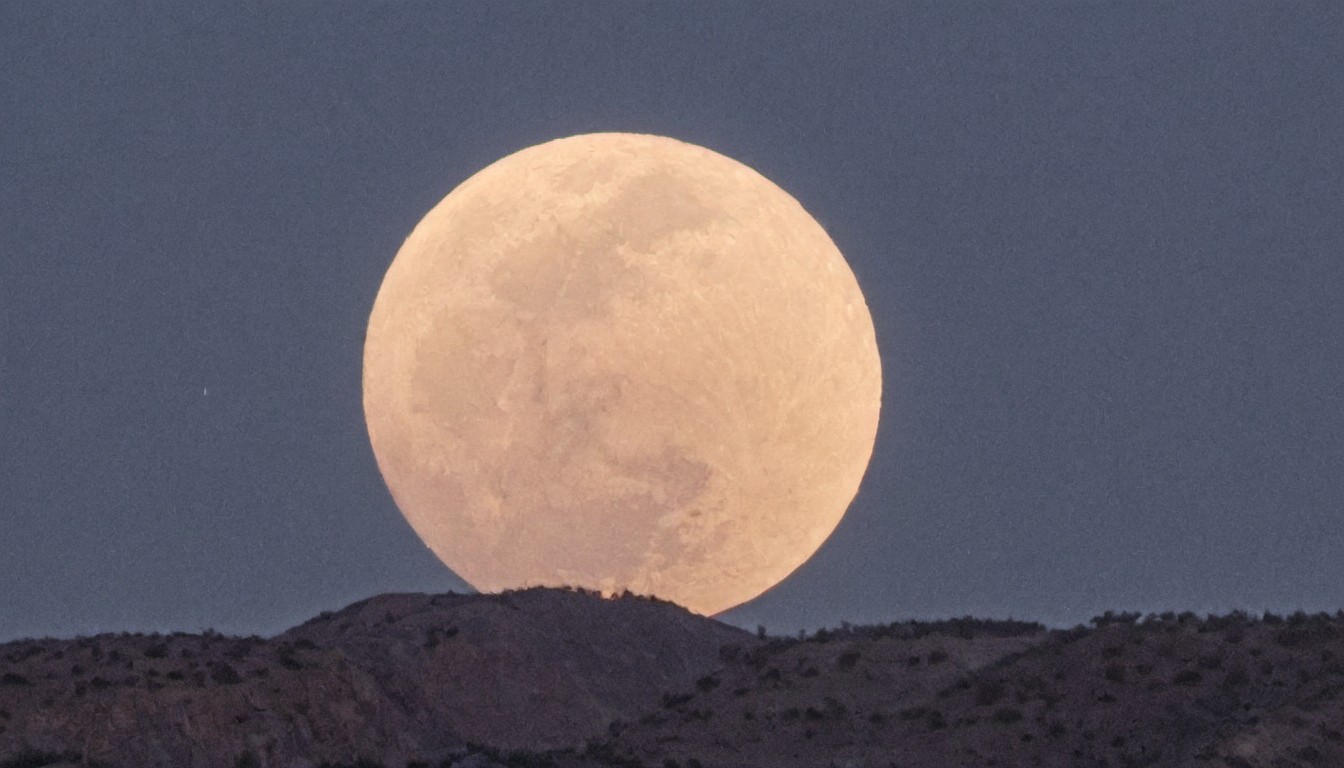Many curious minds ponder why the moon shines and what role it plays for Earth. It’s a question that intrigues space enthusiasts, prompting them to delve deeper into the mysteries of our celestial companion.
The Secret of Moonlight
The moon shines by reflecting sunlight, creating the illusion of its own luminosity. Interestingly, about half of the lunar soil is made up of glassy fragments, giving the moon’s surface high reflectivity properties. This characteristic allows it to reflect a significant amount of sunlight.
The Amount of Reflected Light
All objects in space have a characteristic called albedo, which determines how well they reflect light. For instance, glass has a high albedo, while Earth, on the contrary, has a low albedo. The moon’s albedo is relatively low due to its surface irregularities and dark-gray soil color, allowing it to reflect only about 12% of sunlight. However, this is sufficient to illuminate our Earth with relatively bright light.
During a full moon, the moon shines so brightly that it’s visible even during daylight hours, sometimes interfering with astronomers’ observations. Interestingly, astronomers have to pause their studies on such days due to the moon’s brightness hampering their work.
Occasional Supermoons
 Occasionally, we witness supermoons when the moon’s brightness increases by up to 20% compared to usual. This phenomenon occurs when Earth is closest to its natural satellite. During a regular full moon, the illumination reaches no more than 0.1 lux, but during a supermoon, these levels can triple.
Occasionally, we witness supermoons when the moon’s brightness increases by up to 20% compared to usual. This phenomenon occurs when Earth is closest to its natural satellite. During a regular full moon, the illumination reaches no more than 0.1 lux, but during a supermoon, these levels can triple.
The Zellner Effect and Additional Factors
Another explanation for the moon’s brightness lies in the Zellner effect, which can be demonstrated with a simple example: shining a flashlight on a road at night makes it appear brighter than it actually is. In this analogy, the sun acts as the flashlight, illuminating the moon’s surface and making it appear much brighter.
Additionally, astronomers have found that space debris orbiting the moon further enhances its reflective properties, contributing to its brightness as seen from Earth. Thus, the moon’s shining mystery becomes clearer.
An interesting fact is that while the moon reflects no more than 12% of sunlight, Saturn’s moon Enceladus reflects a whopping 99%!
The Color of Moonlight
At times, moonlight may appear bluish or silvery compared to the rest of the sky. In reality, this is an illusion caused by the Purkinje effect – the human eye’s perception of color in low-light conditions.
However, during lunar eclipses, the Moon takes on a red hue due to indirect sunlight scattered by Earth’s atmosphere. Interestingly, we now see much less moonlight than our ancestors did due to Earth gradually moving away from the Moon.
Moon Phases
Have you ever noticed that the Moon doesn’t shine consistently throughout the month? Indeed, there are days when it’s not visible at all. This is because of the changing lunar phases as the Moon orbits Earth and Earth orbits the Sun. During these phases, the Moon is illuminated at different angles.
Sometimes only half of its surface faces the Sun while the other half remains in shadow. During a full moon, our planet sits between the Moon and the Sun, illuminating the entire lunar surface visible from Earth.
During a new moon, it’s barely visible as it lies between the Sun and Earth, with its sunlit side facing away from us. In the days before and after the new moon, we may only see a bright crescent facing either left or right.
